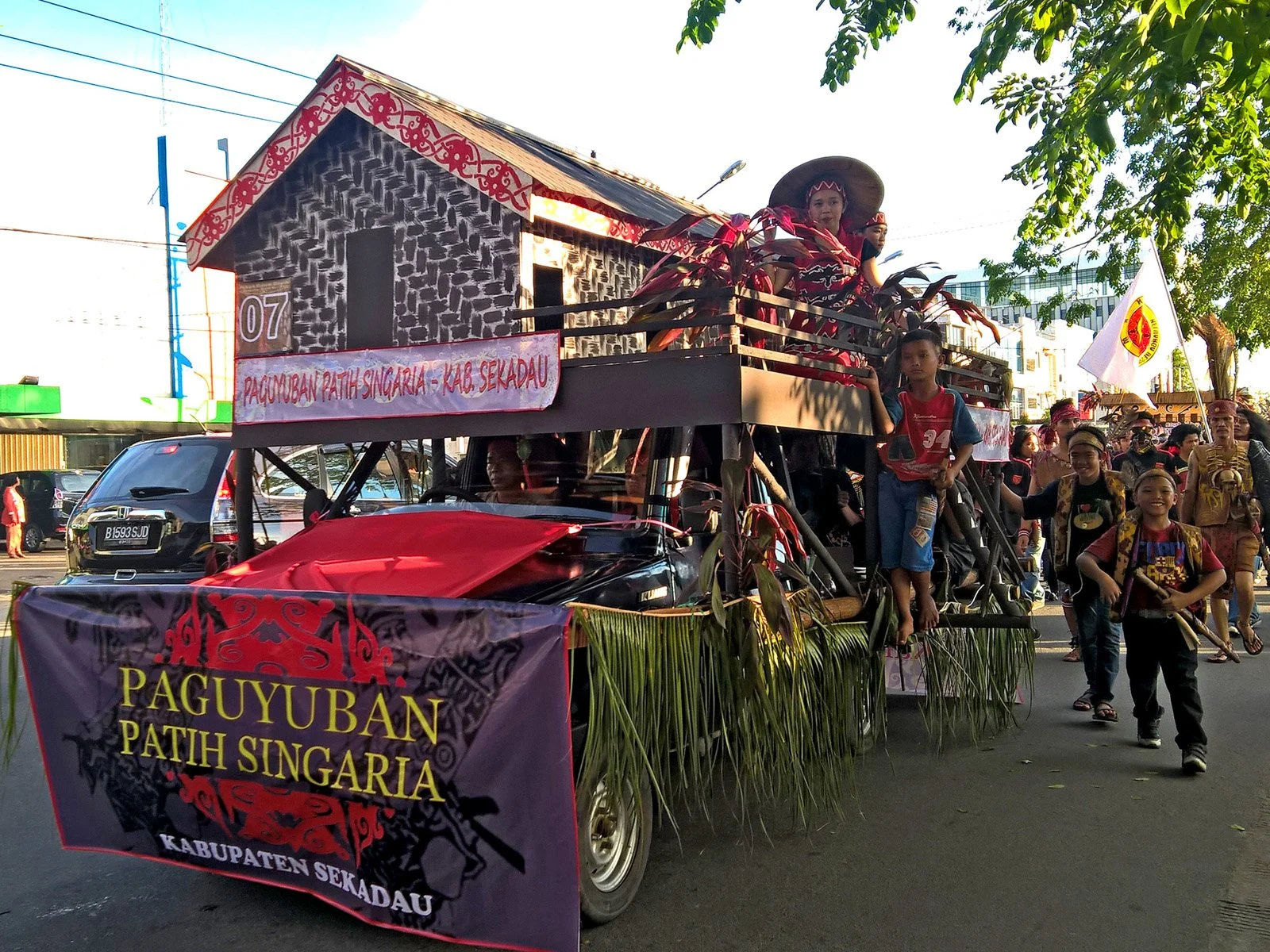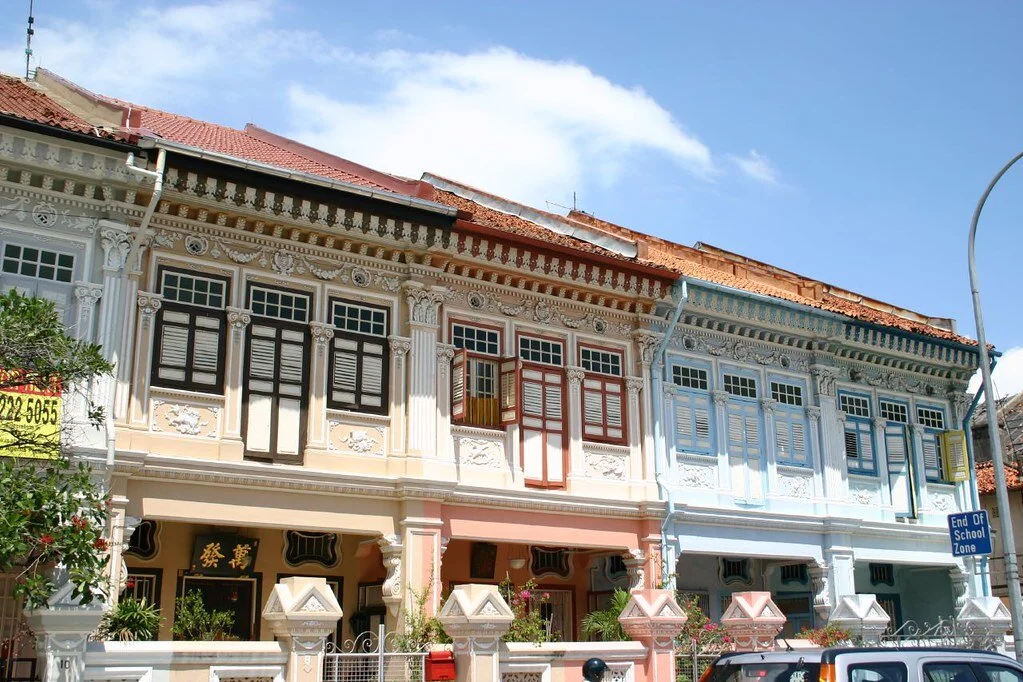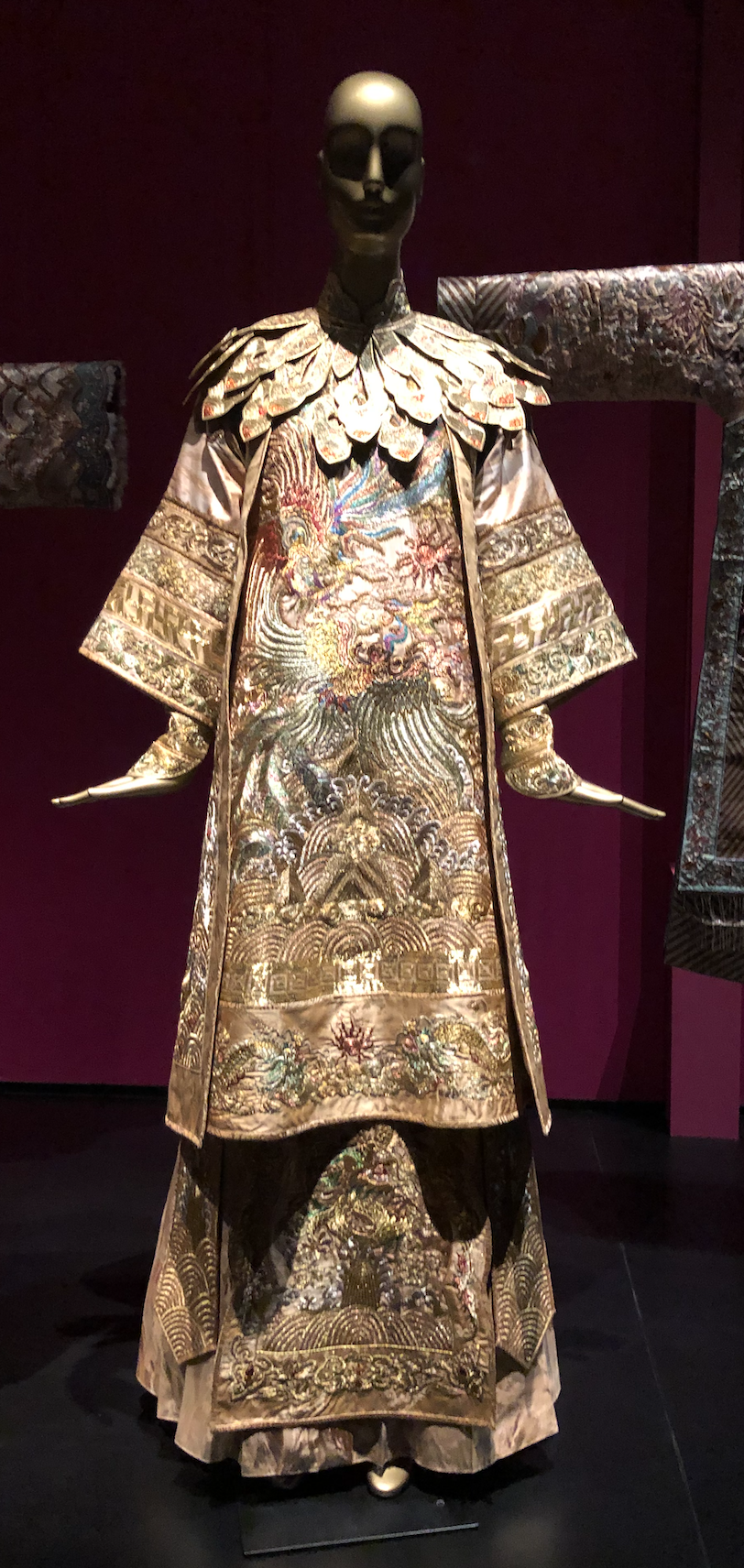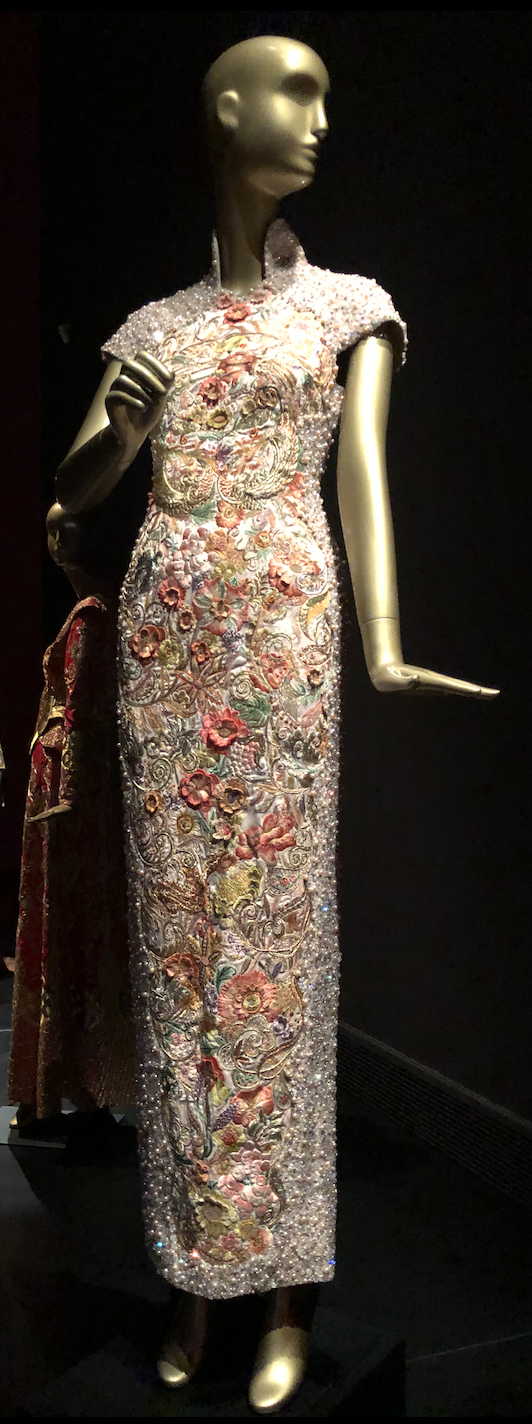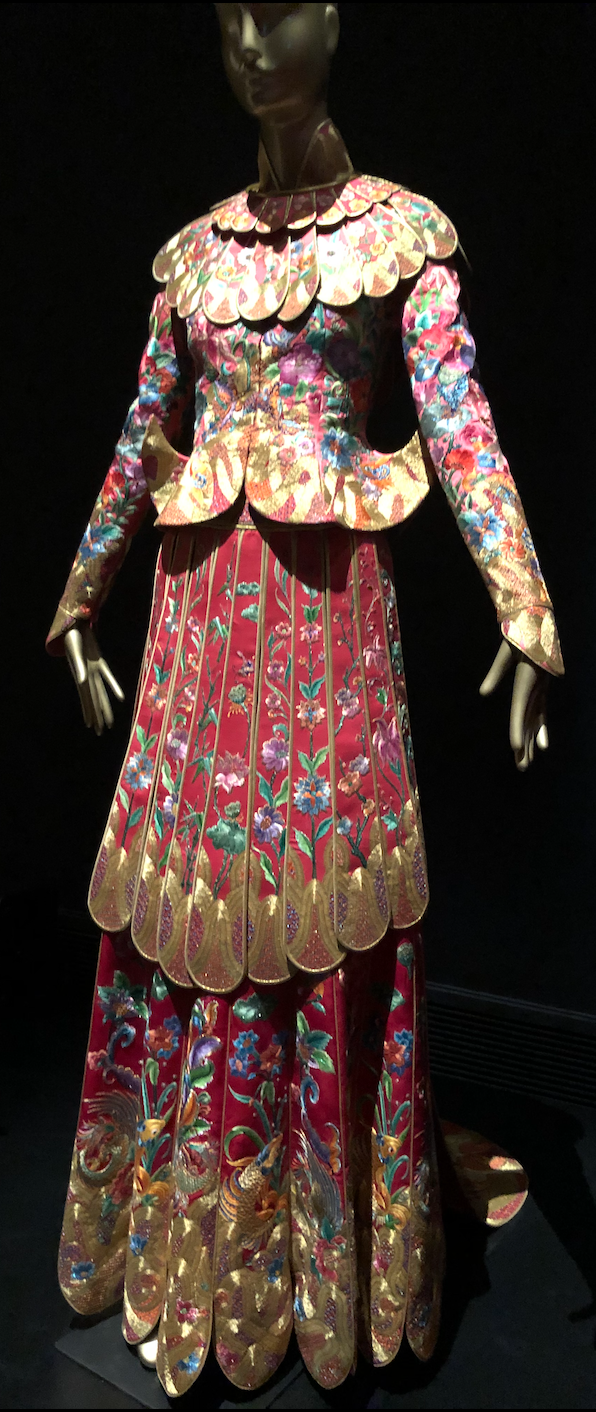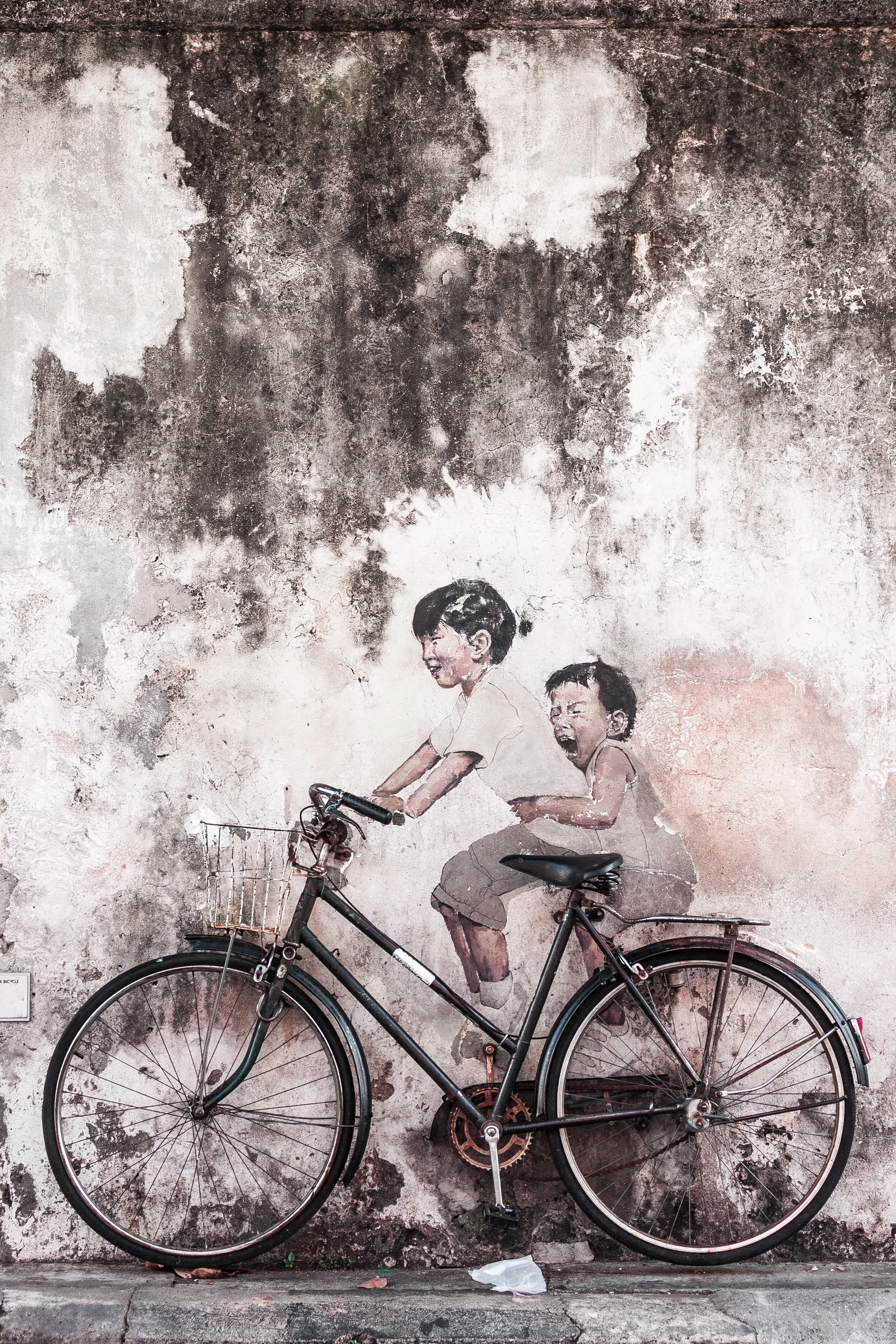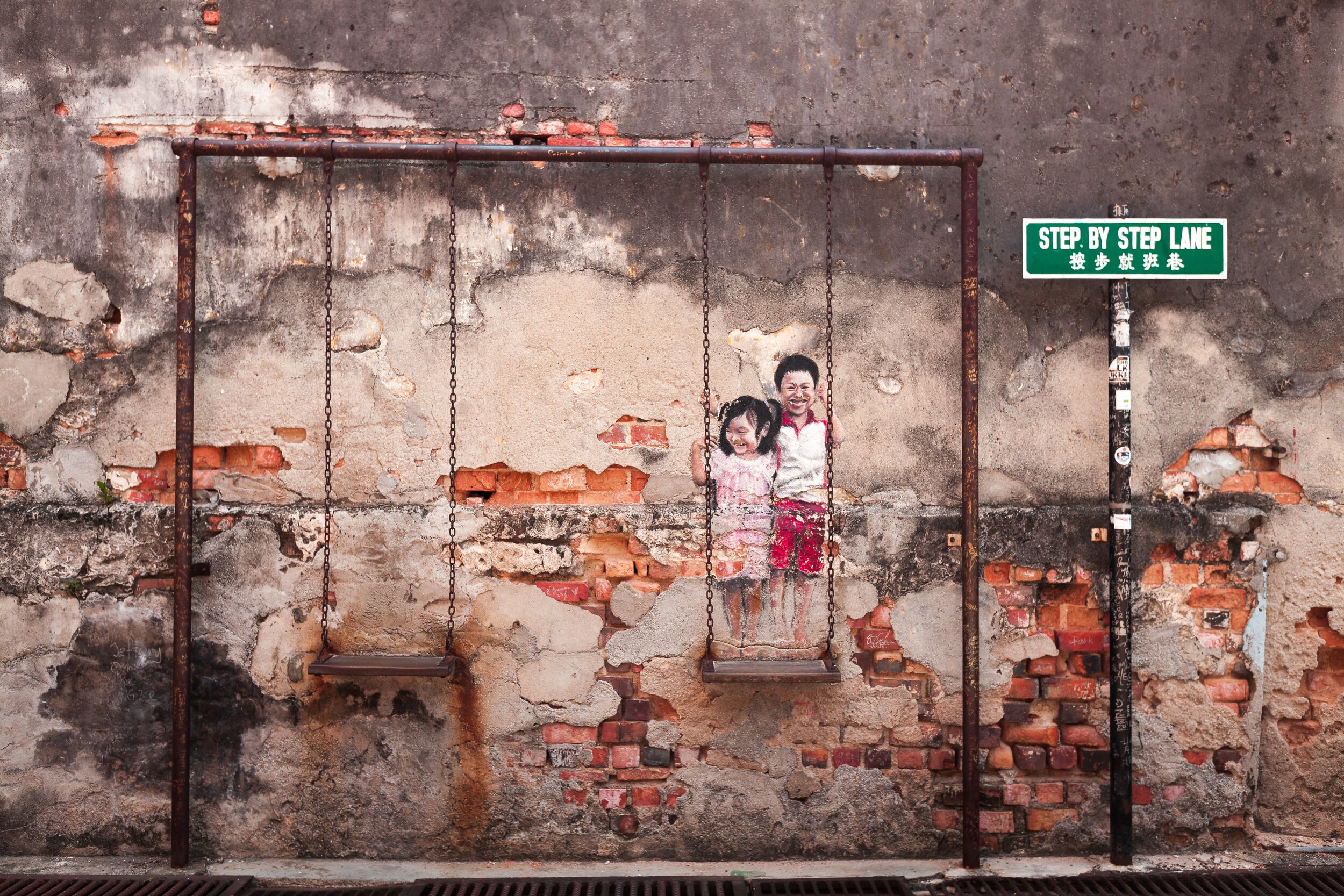On June 1st travelers can relish in Sarawakian culture at the colorful Gawai Dayak Festival.
A Gawai Dayak float. Baka_neko_baka. CC BY 2.0
In the Iban language, Gawai Dayak means something like "Festival of the Native Ethnic Groups of Sarawak," a state in Malaysia. This festival brings communities together to celebrate the end of the rice harvesting season. Gawai Dayak is a time of gratitude and companionship where people give thanks for that year's harvests and pray for a fortunate future.
Rice agriculture is integral for many Sarawakians. By June the majority of the hard work in the rice fields is done, and Sarawakians have a period of celebration and rest until the next planting season begins in September.
Gawai Dayak festivities begin during Gawai Eve on May 31st. On Gawai Eve, locals conduct a ceremony called Muai Antu Rua to cast away negative spirits and roast rice over bamboo. During the Muai Antu Rua ceremony, unwanted items are collected from Iban longhouses and used in a miring, or offering ceremony, filled with music.
After the Muai Antu Rua ceremony, attendees await midnight when the sound of a gong kicks off Gawai Dayak. Many activities and traditions are open to locals and visitors during Gawai Dayak. During the celebrations, participants can engage in traditional dances, dance competitions, and enjoy Sarawakian delicacies such as a rice wine called Tuak, which is thought to bring long life, and rice cakes called Penganan.
Gawai Dayak is a time filled with events and activities. A popular Gawai Dayak tradition is the Kumang and Keling Gawai contests where celebrants elect the festival’s queen and king. Other common Gawai Dayak traditions include blow-pipe demonstrations and rooster fighting.
Gawai Dayak celebrations can continue for several days. During the festivities, travelers have the unique opportunity to visit the Dayak homes, which are often open to visitors during Gawai Dayak.
Many visit the Sarawakian capital Kuching to celebrate Gawai Dayak. While the official date for Gawai Dayak is June 1st, in Kuching Gawai Dayak is celebrated the week before the World Harvest Festival. These dates vary every year, but the celebration usually falls at the end of May or the beginning of June.
During the Gawai Dayak in Kuching, there is an array of theatrical and musical performances from both local and international troupes. Explorers can also discover traditional cuisine in local longhouses and experience appetizing aromas, engaging workshops and upbeat music at the Food & Craft Fiesta.
Madison Paulus
Madison is a student at George Washington University studying international affairs, journalism, mass communication, and Arabic. Born and raised in Seattle, Washington, Madison grew up in a creative, open-minded environment. With passions for human rights and social justice, Madison uses her writing skills to educate and advocate. In the future, Madison hopes to pursue a career in science communication or travel journalism.

